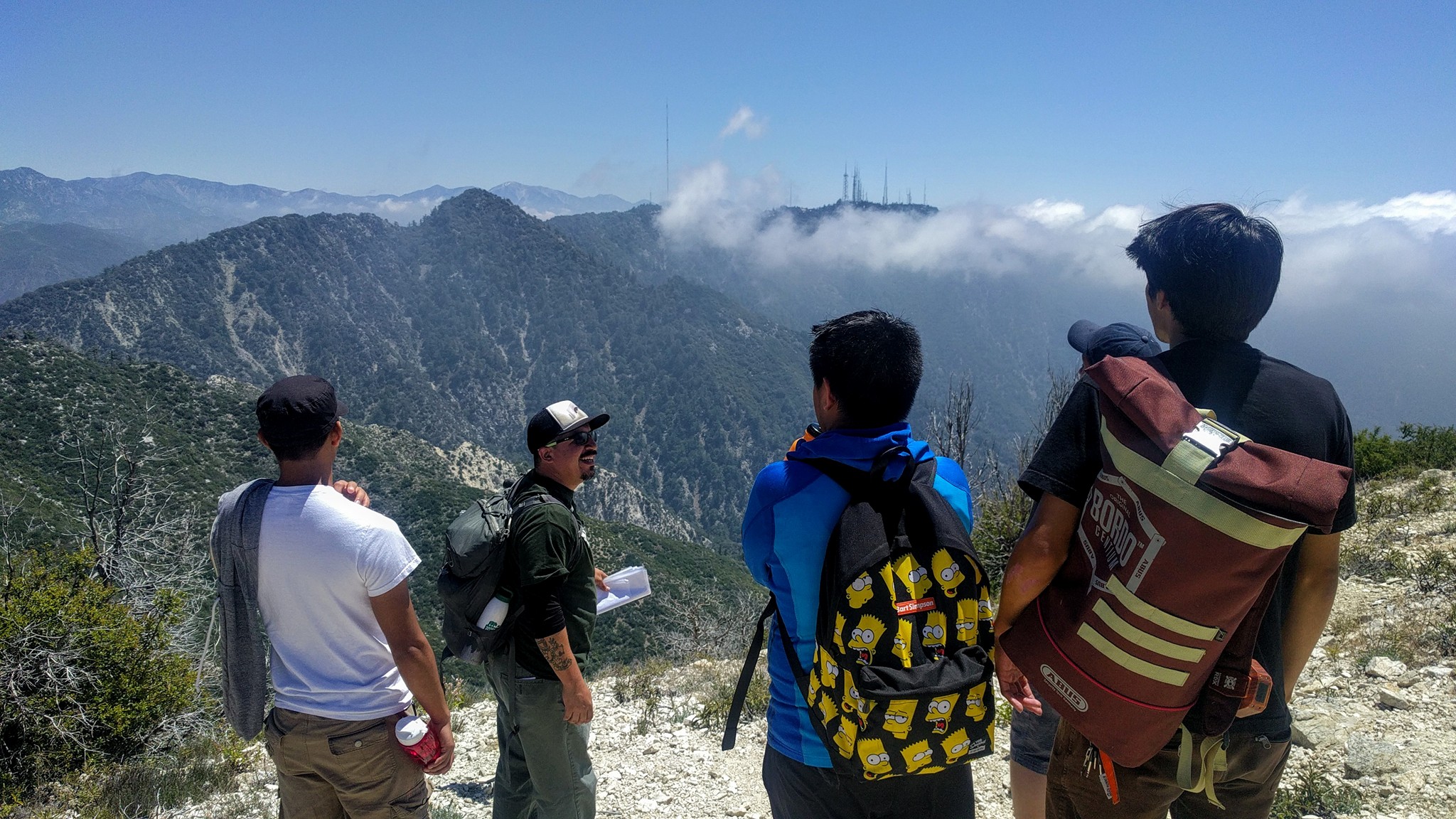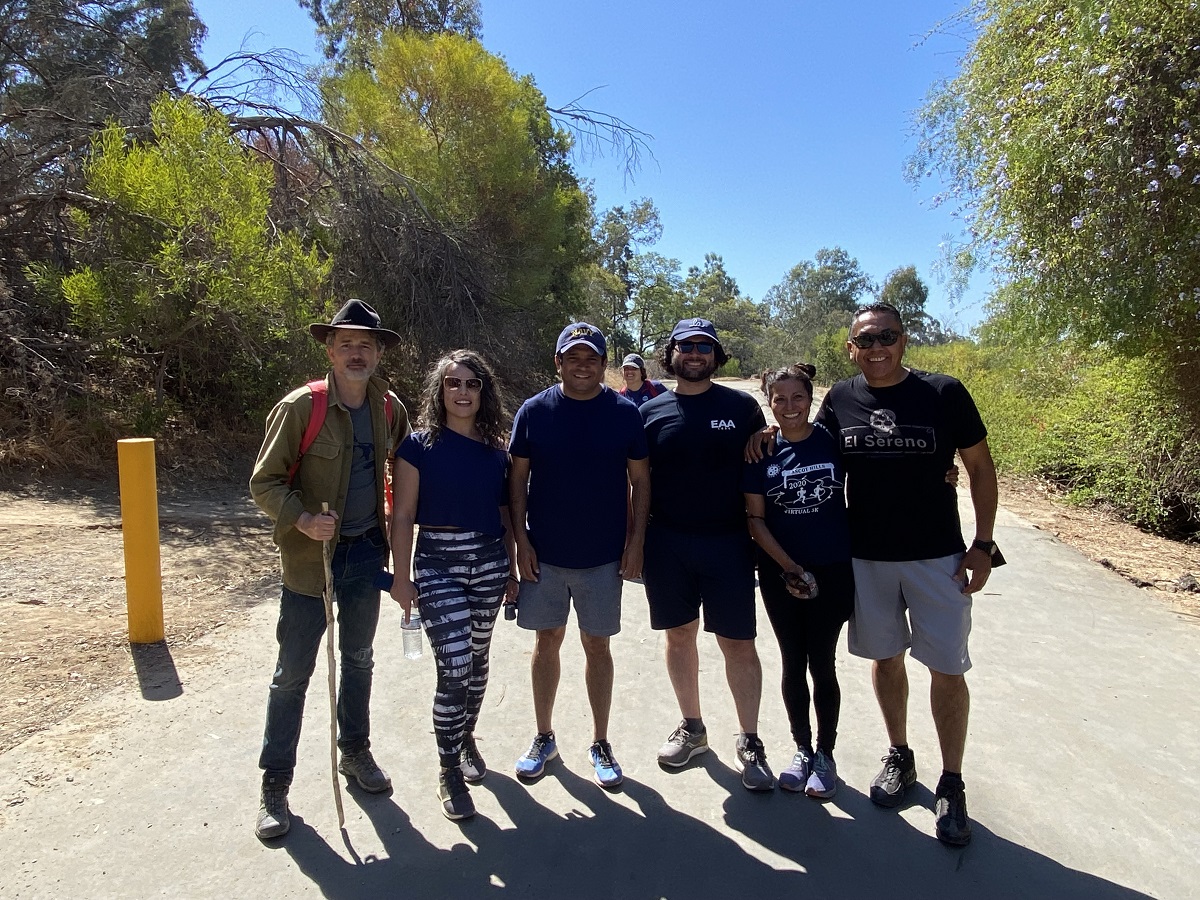If you ask people about the barriers preventing them from getting outdoors and experiencing nature, you’ll hear a few common answers: I don’t have the time; I don’t own the right gear; I wouldn’t know what to do once I arrived. These are real perspectives, but they all take for granted one basic prerequisite: access.
Far too many Americans lack the transportation necessary to access green spaces. This barrier keeps many city dwellers—particularly low-income communities and people of color—from enjoying the great outdoors. Local parks are a great resource that provide a haven of green space in our urban centers, but 100 million Americans, including 28 million children, don’t live within a 10-minute walk of one of them. Furthermore, public transit doesn’t always connect city centers to nearby green spaces, and it’s even more difficult to find public transit that goes as far as our public lands—like the San Gabriel mountains for Angelenos.
Studies consistently show that spending time in nature can provide numerous benefits to a person’s mental and physical health. Even spending as little as 20 minutes outdoors can yield some of these rewards. Our current system of parks and public lands—and the transit system that connects communities to them—leaves too many people behind. The Great American Outdoors Act directed crucial funds to improve roads, trails, and other critical infrastructure within our national parks, but the gaps between neighborhoods and green spaces still exist. Not only are lower-income communities and communities of color less likely to have green spaces in their neighborhoods, but they are also less likely to own cars, thereby compounding the problem of access. With little nearby nature and few resources to transport them to parks and green spaces, these communities often face worse health outcomes, dirtier air and water, and hotter temperatures through the urban heat island effect.
Our current system of parks and public lands—and the transit system that connects communities to them—leaves too many people behind.
Everyone deserves a direct connection to nature on a thriving planet. One bill currently pending in Congress would help achieve that. The Transit to Trails Act would go further than any previous legislation to connect communities to public lands through public transit. The act would create a grant program to fund projects that make transportation to green spaces and public lands more accessible for critically underserved communities.
Earlier this year, Transit to Trails was included in the INVEST Act, which passed the House; but unfortunately this critical component of the legislation was removed in the Senate. Currently, Transit to Trails is included in the landmark Environmental Justice For All Act. If passed, the bill would be an important step toward making sure our public lands — national parks, monuments, forests, seashores, scenic rivers, and historic sites—aren’t exclusively the domain of people with the means or desire to own a car.

Sierra Club Senior Organizing Representative Roberto Morales leads an outing in the San Gabriel Mountains. Photo courtesy of Bryan Matsumoto
Families and children need access to the outdoors now more than ever. The long months of staying indoors during the pandemic have reminded us that the outdoors are essential to maintaining physical and mental well-being. At the same time, we face the triple challenges of the climate crisis, the biodiversity crisis, and the nature equity crisis.
Passing the Transit to Trails Act would address each of these challenges. Building up the transit connections between neighborhoods and public lands would increase access to the outdoors for all communities, especially those who have been denied fair access for so long. And emphasizing clean and affordable transportation and infrastructure would reduce traffic and cut down on the harmful emissions, helping us achieve the goals we need to take on the climate crisis.
We must work to improve options for zero-emission public transit powered by renewable energy, and reimagine our land use practices for more transit-accessible communities. Everyone should have access to the healing power of the outdoors, because access to nature is a human right. We must work together to ensure that everyone, not just the privileged few, can establish a direct connection with nature through affordable, accessible, and reliable transit.
